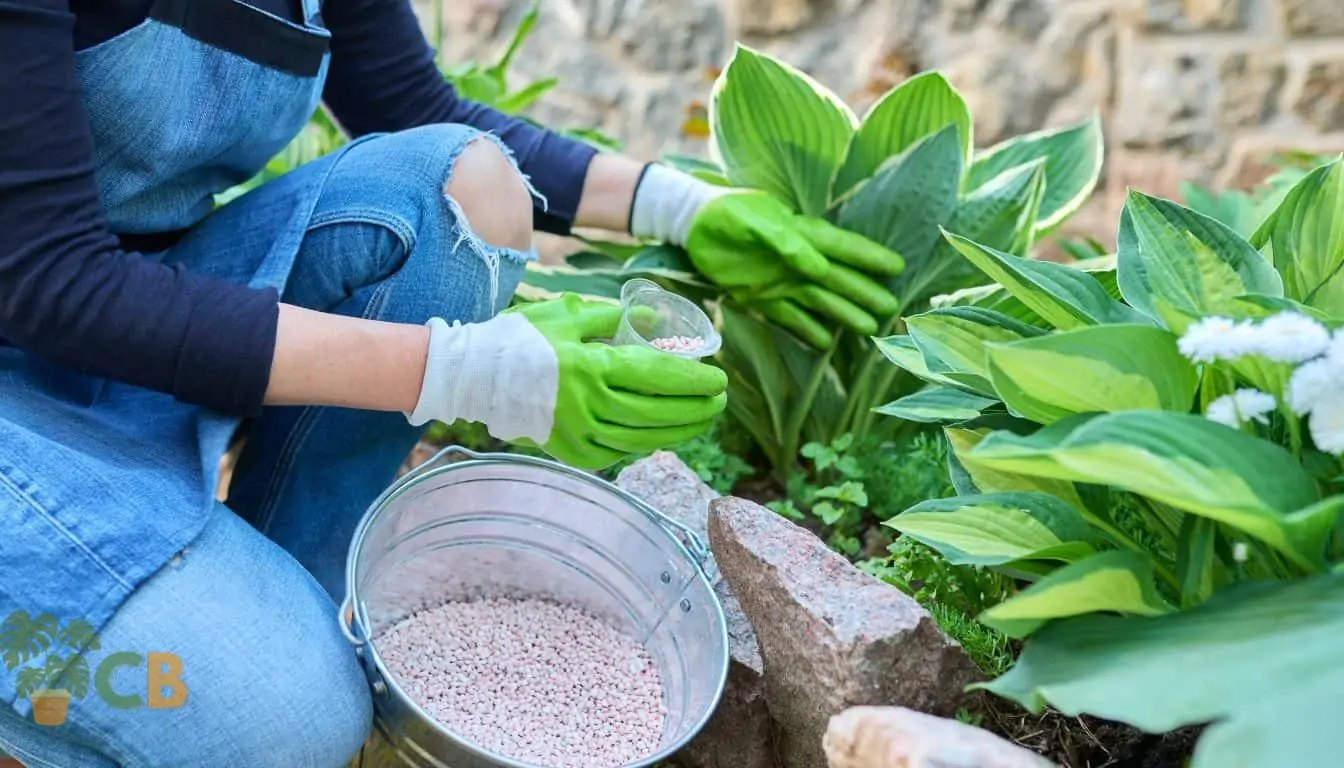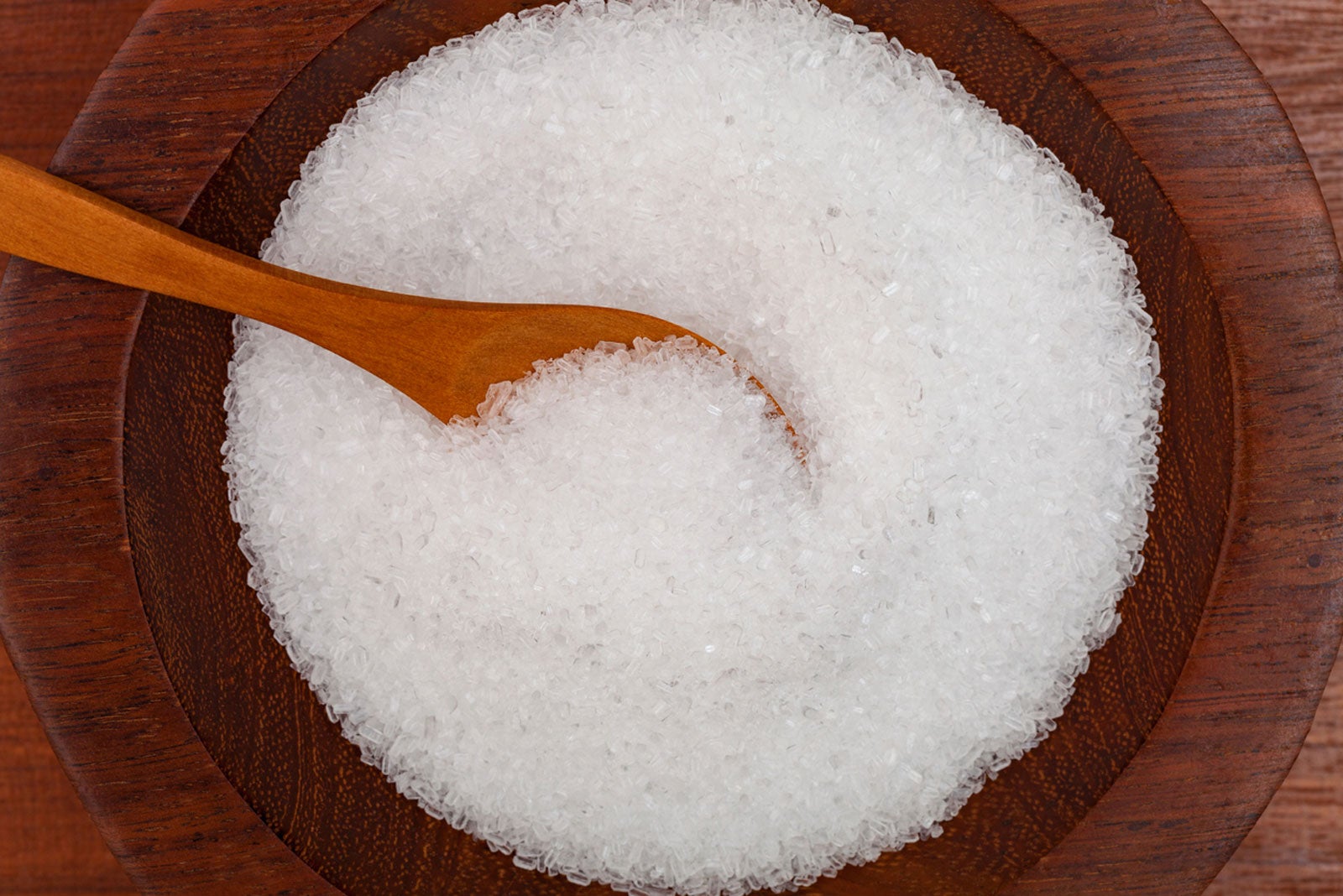Learn More About the Details Plants That Are Detrimentally Influenced by Epsom Salt Application
Epsom salt, a popular family solution for various gardening distress, is commonly commended for its advantageous impacts on plant growth. Not all plants react favorably to its application. Comprehending the specific plants that can be negatively affected by Epsom salt is vital for any type of gardener aiming to optimize their plant care routine. Roses, tomatoes, peppers, rhododendrons, and azaleas are simply a few examples of plants that may not respond well to Epsom salt. The reasons behind these damaging effects and how to mitigate them are vital knowledge for keeping a prospering yard.
Roses

Roses, especially conscious changes in their setting, can be adversely impacted by the application of Epsom salt. While Epsom salt is frequently made use of as a fertilizer to promote plant development and improve blooming, roses are just one of the plants that do not react well to its application. The high magnesium material in Epsom salt can disrupt the uptake of various other vital nutrients by the rose plants, leading to deficiencies that show up as yellowing leaves or stunted development.

Tomatoes
While Epsom salt is usually proclaimed as a solution for different plant problems, consisting of bloom end rot in tomatoes, its application can lead to destructive results if not utilized sensibly. Extreme Epsom salt, which is magnesium sulfate, can interfere with the delicate nutrient balance required by tomatoes, possibly leading to deficiencies in various other vital nutrients like calcium. When considering the usage of Epsom salt on tomatoes, it is critical to adhere to recommended application rates and dirt screening to stop unintentional consequences on the total health and wellness and performance of these cherished garden plants.
Peppers
Peppers, respected for their different shades and degrees of spiciness, can show vulnerability to adverse effects from Epsom salt when not applied with treatment and consideration for their details dietary requirements. what plants don't like epsom salt. Peppers, coming from the Solanaceae family, call for a delicate balance of nutrients to prosper. While Epsom salt is recognized to enhance magnesium degrees in plants, excessive application can disrupt this stability, resulting in unfavorable results on pepper plants
When peppers are exposed to high levels of magnesium from Epsom salt, it can hinder the plant's capacity to absorb various other vital nutrients like calcium and potassium. This imbalance might materialize in signs and symptoms such as leaf discoloration, stunted growth, and decreased fruit manufacturing. Additionally, the extreme magnesium can modify the soil pH, further worsening nutrient uptake try here issues for peppers.

Rhododendrons
Offered the level of sensitivity of certain plant types to imbalances brought on by Epsom salt, it is necessary to take into consideration the impact on Rhododendrons, which also require specific nutrient degrees to grow. Rhododendrons are acid-loving plants that favor acidic soil conditions with a pH range between 4.5 and 6.0. Epsom salt, chemically called magnesium sulfate, can alter the dirt pH and interfere with the fragile equilibrium of nutrients crucial for Rhododendron health.

To maintain the optimal development and health and wellness of Rhododendrons, it is vital to prevent the indiscriminate use of Epsom salt and instead concentrate on supplying the certain acidic soil problems and nutrients that these plants require for growing.
Azaleas
Azaleas, known for their lively flowers and wide array of colors, are decorative hedges that come from the Rhododendron genus. These preferred flowering plants are often located in yards, landscapes, and parks as a result of their charm and versatility. Azaleas are sensitive to adjustments in dirt pH levels, which can considerably impact their development and overall wellness. While Epsom salt is frequently made use of as a solution for magnesium deficiency in plants, its application to azaleas can have damaging impacts.
Azaleas Source like somewhat acidic soil conditions, and an excess of magnesium from Epsom salt can interrupt this equilibrium, leading to nutrient discrepancies and potential poisoning issues. The inaccurate application of Epsom salt can result in stunted growth, yellowing of fallen leaves, and overall decline in the health and wellness of azaleas.
Verdict
To conclude, it is necessary to be mindful of the particular plants that can be adversely affected by the application of Epsom salt. Roses, tomatoes, peppers, azaleas, and rhododendrons are some instances of plants that may not take advantage of Epsom salt and could even endure harm. It is vital to study and understand the requirements of each plant species before making use of Epsom salt as a fertilizer to ensure their health and wellness and well-being.
Recognizing the specific plants that can be negatively impacted by Epsom salt is crucial for any gardener looking to optimize their plant care routine. While Epsom salt is typically made use of as a plant food to promote plant growth and improve flowering, roses are one of the plants that do not react well to its application.Too much usage of Epsom salt can additionally result in an accumulation of salts in the dirt, leading to root damage and dehydration of the rose plants. While Epsom salt is recognized to increase magnesium degrees in plants, extreme application can interrupt this stability, leading to damaging effects on pepper plants.
The high salt content in Epsom salt can additionally dehydrate Rhododendron roots, causing additional anxiety and damages to why not try here the plant. (what plants don't like epsom salt)